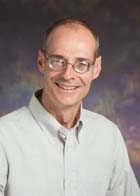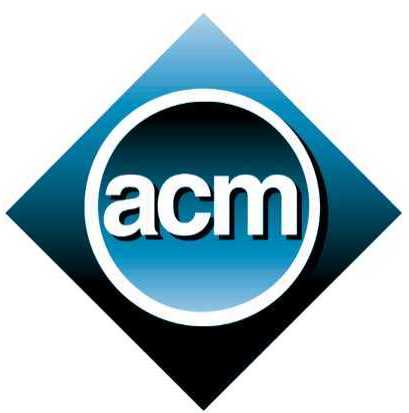Time:9:00 - 9:15
Kuan-Ta Chen, Academia Sinica (slides)

Time:9:15 - 10:15
Session Chair: Dr. Kuan-Ta Chen, Academia Sinica
Prof. Douglas L. Jones
(bio)
Director, ADSC Illinois at Singapore
Professor, Electrical and Computer Engineering
University of Illinois at Urbana-Champaign
Douglas L. Jones received the BSEE, MSEE, and Ph.D. degrees from Rice University in 1983, 1986, and 1987, respectively. During the 1987-1988 academic year, he was at the University of Erlangen-Nuremberg in Germany on a Fulbright postdoctoral fellowship. Since 1988, he has been with the University of Illinois at Urbana-Champaign, where he is currently a Professor in Electrical and Computer Engineering, Neuroscience, the Coordinated Science Laboratory, and the Beckman Institute. He was on sabbatical leave at the University of Washington in Spring 1995 and at the University of California at Berkeley in Spring 2002. In the Spring semester of 1999 he served as the Texas Instruments Visiting Professor at Rice University. He is an author of two DSP laboratory textbooks, and was selected as the 2003 Connexions Author of the Year. He is a Fellow of the IEEE. He served on the Board of Governors of the IEEE Signal Processing Society from 2002-2004. His research interests are in digital signal processing, including nonstationary signal analysis, adaptive processing, multisensor data processing, OFDM, and various applications such as low-power implementations, biology and neuroengineering, and advanced hearing aids and other audio systems.
Director, ADSC Illinois at Singapore
Professor, Electrical and Computer Engineering
University of Illinois at Urbana-Champaign
Title: Biologically Inspired Audio
Abstract
Many animals have hearing systems with capabilities unmatched by existing technologies. For example, human binaural hearing can locate and separate sound sources in complex "cocktail party" environments with performance greatly exceeding current engineered systems. The parasitoid fly Ormia ochracea can determine the direction of its cricket prey to within two degrees using a directional "ear" that is less than two millimeters across, all while consuming orders-of-magnitude less energy than modern electronics.
Inspired by these remarkable capabilities, and in collaboration with biologists and electronics engineers, we have developed novel microphone arrays and signal processing algorithms that emulate some of these feats. Biologically inspired beamforming algorithms show much better performance than existing methods in the cocktail-party environment and with very small arrays, and suggest that one of the brain's "secrets" lies in clever exploitation of the time-frequency sparseness of real-world sources. 3D audio recording for multimedia applications with very small, low-cost microphone arrays is now possible. Many-fold energy savings in audio event detection can often be achieved using adaptive "attentional" system management broadly inspired by animal behavior.
Time:10:15 - 10:40
Time:10:40 - 12:25
Session Chair: Prof. Ralf Steinmetz, TU Darmstadt
- Fake View Analytics in Online Video Services (slides)
- Matchmaking in Multi-Player On-Line Games: Studying User Traces to Improve The User Experience (slides)
- Characterization of Human Mobility in Networked Virtual Environments (slides)
- Interactive Zoom and Panning from Live Panoramic Video (slides)
-
Meta Q & A (15 minutes)
Time:12:20 - 14:00
Time:14:00 - 15:45
Session Chair: Prof. Mohamed Hefeeda, Simon Fraser University
Time:15:45 - 16:15
Time:16:15 - 18:00
Session Chair: Prof. Ketan Mayer-Patel, University of North Carolina at Chapel Hill
Time:19:30 - 21:00
